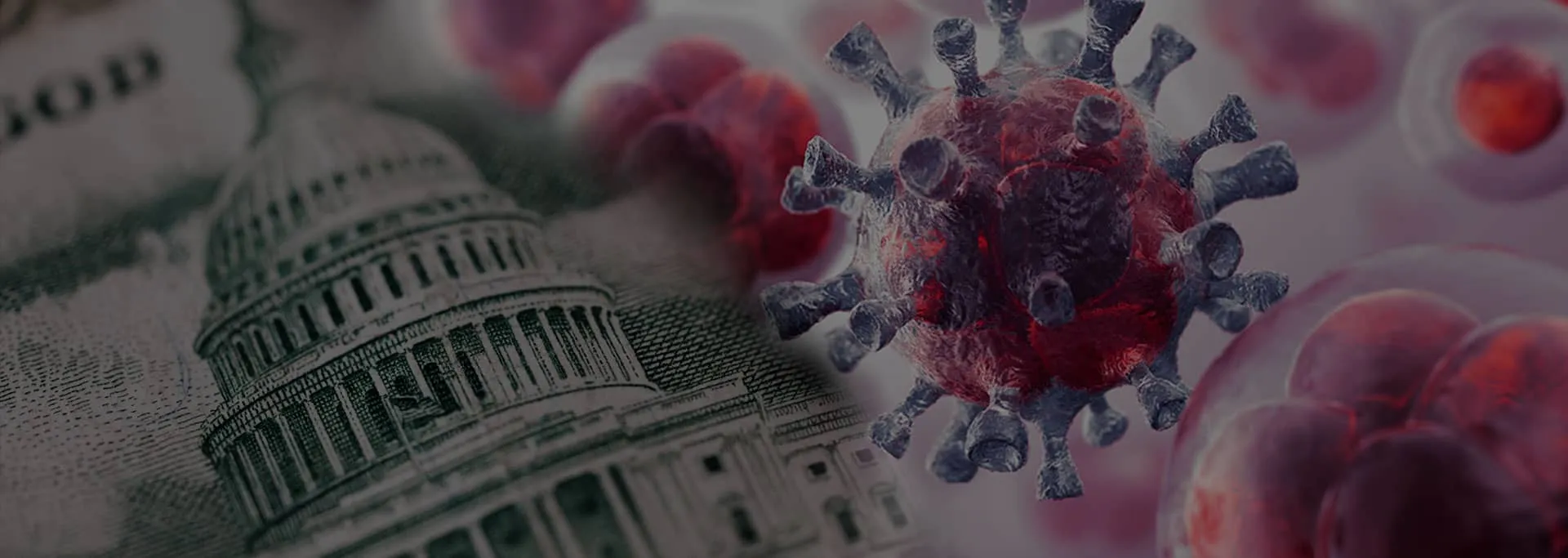Recently the CARES Act Provider Relief Fund allowed for a bonus of $50 billion to be allotted to healthcare providers. This was to help to counteract the loss of revenue and added expenses caused by the coronavirus pandemic. The funds were distributed through two rounds of payments. The first round of $30 billion was released in April to almost 320,000 providers billing for Medicare fee-for-service. The second round of $20 billion was released in May and June to an additional 15,000 providers. The amount was based on the providers’ share of 2018 net patient revenue. The lesser of 2% net patient revenue, or the sum of incurred losses for March and April.
Initially there was no guidance from HHS besides a very broad description of how the funds should be used. The provided general guidance was as follows:
"That the Payment will only be used to prevent, prepare for, and respond to coronavirus, and that the Payment shall reimburse the Recipient only for healthcare related expenses or lost revenues that are attributable to coronavirus.”
In June HHS released the following to help define the usage:
- Supplies used to provide healthcare services for possible or actual COVID-19 patients
- Equipment used to provide healthcare services for possible or actual COVID-19 patients
- Workforce training
- Developing and staffing emergency operation centers
- Reporting COVID-19 test results to federal, state, or local governments
- Building or constructing temporary structures to expand capacity for COVID-19 patient care or to provide healthcare services to non-COVID-19 patients in a separate area from where COVID-19 patients are being treated
- Acquiring additional resources, including facilities, equipment, supplies, healthcare practices, staffing, and technology to expand or preserve care delivery. (EMS translation: Substation buildings, ambulances, monitor/defibrillators, ventilators, infection control equipment, ANY ambulance equipment and even significant capital expenses would all seem to fit within this general and broad category and would include purchases to expand service delivery capability – as long as those expenses allow your EMS agency to "prevent, prepare for and respond to coronavirus.")
This means that providers can apply this money to “any revenue that you as a healthcare provider lost due to coronavirus.” This would include decreased wheelchair, stretcher, non-emergency transports, etc.
This brings me to the audits. When and how will these happen? Currently the Terms and Conditions of this program require that anyone who has received payments must comply with the reporting requirements. Unfortunately, as of right now HHS has yet to define the actual requirements for reporting. The Terms and Conditions state that providers will be required to submit documents to show that the funds were used for increased healthcare-related expenses or lost revenue directly related to coronavirus, and that those expenses or losses were not reimbursed from other sources.
The key to this is to document everything related to this in a single control. You will need to be able to show your exact losses during the timeframe, as well as what you used the funds to compensate for. You will want to make sure you didn’t end up with more funds than necessary after applying them to the loss. By staying ahead of this, you not only will be reimbursed for your losses but will also be covered for any audit reporting requirements that may arise later.








